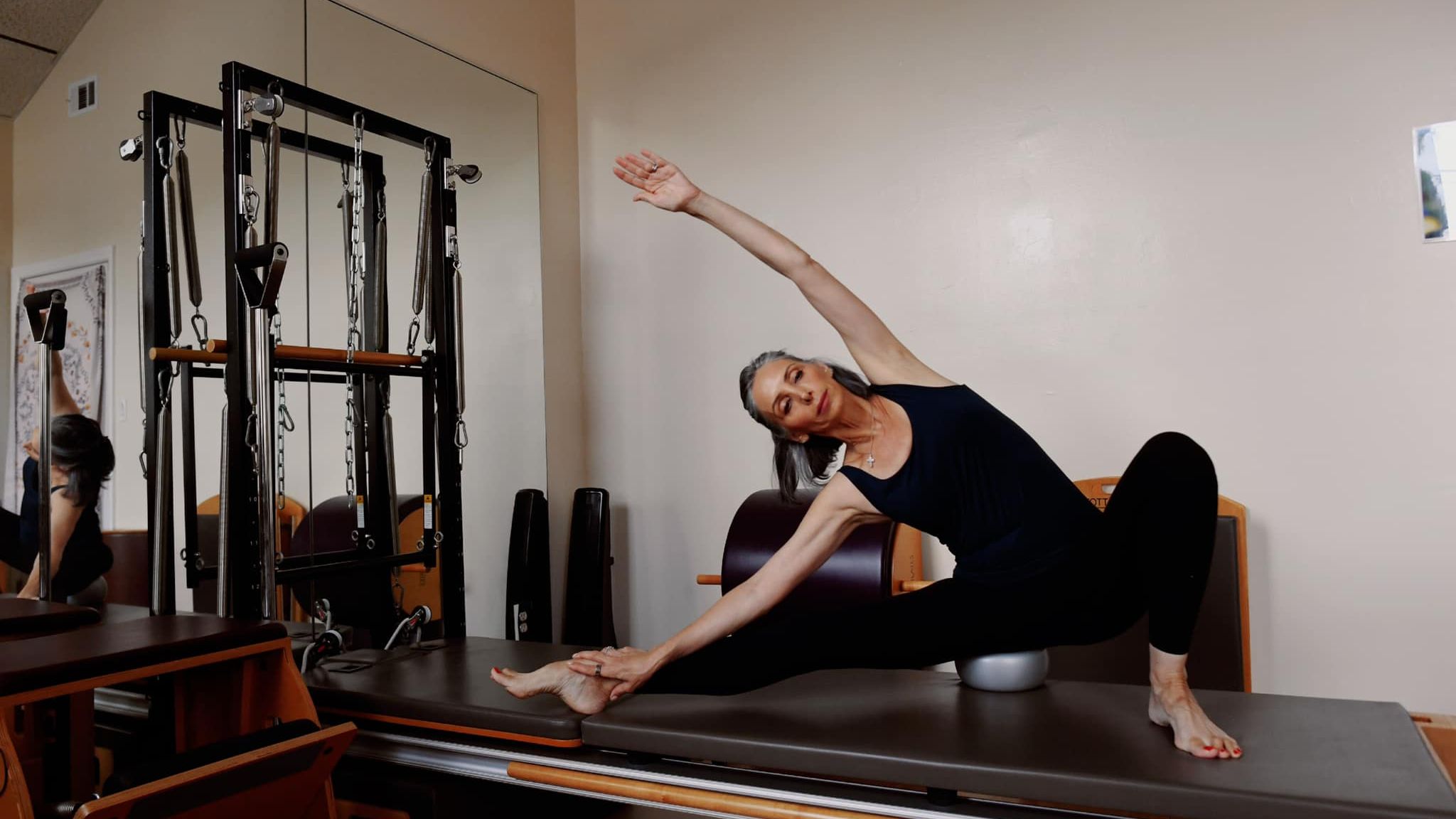Muscle Synthesis and Strength Across the Decades

The Importance of Muscle Synthesis and Strength Across the Decades
As women age, maintaining muscle mass and strength becomes increasingly vital for overall health and well-being. Beginning as early as the 30s, the body starts to experience gradual changes that can impact muscle mass and function. By understanding these changes and taking proactive steps, women can preserve their strength, mobility, and independence well into their later years. Through a combination of targeted exercise and proper nutrition, it’s possible to slow down muscle loss and even build muscle, no matter the age.
What Happens to Muscle at 30, 40, 50, and Beyond
In Your 30s: In your 30s, muscle mass generally peaks. However, this is also the decade where the gradual loss of muscle mass begins, a process known as sarcopenia. Women may not notice significant changes yet, but maintaining an active lifestyle with strength training is key to slowing down muscle loss. At this stage, muscle synthesis still occurs efficiently, but it’s essential to incorporate regular resistance exercises to support long-term muscle health.
In Your 40s: By the time women reach their 40s, the decline in muscle mass becomes more noticeable. Hormonal changes, particularly a decrease in estrogen, begin to impact muscle and bone density. This is when muscle synthesis slows down, and without regular strength training and proper nutrition, women can lose muscle mass at a faster rate. Including protein-rich foods in the diet and continuing resistance exercises is crucial during this decade to counteract these effects.
In Your 50s: In your 50s, the rate of muscle loss can accelerate, especially as women approach menopause. The further decline in estrogen impacts not only muscle but also bone density, increasing the risk of osteoporosis. This is a critical time to focus on building and maintaining muscle mass through strength training and ensuring adequate protein intake.
In Your 60s and Beyond: Once women reach their 60s, the need to focus on muscle synthesis becomes even more pronounced. The body’s ability to build and repair muscle significantly decreases, making it essential to engage in regular strength training and consume sufficient protein. Without these efforts, the loss of muscle mass can lead to weakness, reduced mobility, and a higher risk of falls and fractures.
The Role of Strength Training
Strength training remains the cornerstone of preserving muscle mass and function at every age, but it becomes especially vital as women age. Incorporating resistance exercises, such as lifting weights, using resistance bands, or engaging in bodyweight exercises, can stimulate muscle synthesis and combat the effects of aging.
For those in the Ridgewood area, GLOW Body Pilates Studio offers an excellent resource for integrating strength training into your routine. Under the guidance of Gina Santangelo, the studio provides programs specifically designed to build strength and flexibility. Gina’s approach not only focuses on the physical aspect but also offers nutritional guidance, ensuring a comprehensive approach to maintaining muscle health.
Nutrition: Fueling Muscle Growth
Nutrition plays a critical role in supporting muscle synthesis, particularly as women age. As the body becomes less efficient at utilizing protein, it’s important to increase protein intake and distribute it evenly throughout the day. Consuming high-quality protein sources like lean meats, fish, eggs, and plant-based proteins can help support muscle growth and repair.
At GLOW Body Pilates Studio, Gina Santangelo also offers nutritional guidance that complements strength training efforts. By developing a balanced diet rich in essential nutrients, older women can optimize their muscle-building potential and overall health.
Conclusion
From the age of 30 onwards, women face natural changes that can impact muscle mass and strength. However, by focusing on strength training, pilates, proper nutrition, and guidance from Gina Santangelo at GLOW Body Pilates Studio, women can effectively combat these changes and maintain their strength, mobility, and independence as they age. Prioritizing muscle synthesis is key to aging well and living an active, fulfilling life beyond 60.
